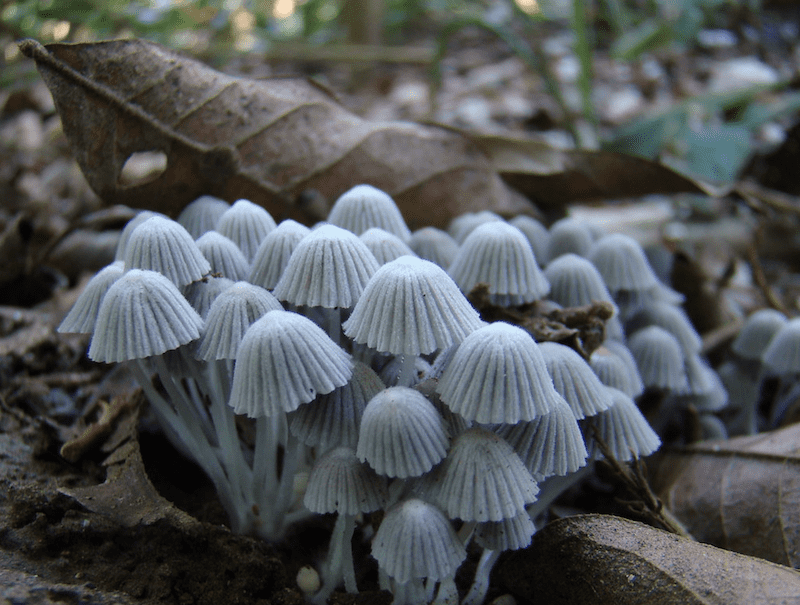The Symbiotic Relationship between Forest Plants and Fungi
Forests, as intricate ecosystems, host a diverse multitude of plant and animal species. Notably, certain forest plants enter into symbiotic partnerships with fungi, providing mutual advantages and bolstering the health and biodiversity of the overall forest ecosystem. In this blog, we aim to delve into some instances of such plant-fungi symbiosis within both temperate and tropical forest landscapes.
Dancing between Seasons in a Temperate Forest
Typified by their moderate climates and distinct seasonal changes, temperate forests play host to a well-documented form of plant-fungi symbiosis known as mycorrhizae. Mycorrhizal fungi co-exist in beneficial relationships with the roots of several forest plants.
A typical example of a mycorrhizal symbiosis within temperate forests is seen in the Douglas fir tree's relationship with the Rhizopogon genus of mycorrhizal fungi. This fungal partner aids the tree in absorbing crucial nutrients like phosphorus and nitrogen from the soil, while in turn, the tree fuels the fungi with sugars derived from photosynthesis. This symbiosis enhances the tree's growth, nutrient acquisition, and drought resistance while also benefiting the fungi by providing a carbohydrate source.
Another demonstration of plant-fungi symbiosis in temperate forests is evident in the association between chanterelle mushrooms and various forest trees. These mushrooms form mycorrhizal relationships with diverse tree species such as oak, beech, and Douglas fir, aiding them in nutrient absorption while obtaining carbohydrates in return. Besides benefiting the trees and fungi directly, this symbiosis also enhances soil quality by increasing nutrient accessibility and assisting in organic matter decomposition, thus fostering a more hospitable environment for other forest plants.
Life from Dead Plants: Mycorrhizae and the role of Humidity in Tropical Forests
Tropical forests, known for their high temperatures, humidity, and rainfall, are rich in diverse plant and animal life. A notable example of plant-fungi symbiosis in these forests involves the relationship between the cacao tree and Rhizophagus genus mycorrhizal fungi. These fungi assist the cacao tree in absorbing vital nutrients from the soil, receiving carbohydrates in return. This symbiotic relationship promotes the growth of the cacao tree and leads to increased cacao pod yields.
Yet another plant-fungi symbiosis in tropical forests is visible in the relationship between the palm tree and Glomus genus mycorrhizal fungi. The fungi help the palm tree in nutrient absorption, receiving carbohydrates in exchange. This symbiosis benefits both the palm tree and the fungi, as well as other forest plants reliant on the palm tree for nourishment and shelter.
The Impact of Plant-Fungi Symbiosis on Forest Ecosystems
Plant-fungi symbiosis significantly influences the health and biodiversity of forest ecosystems. Mycorrhizal partnerships between forest plants and fungi enhance soil quality, amplify nutrient availability, and encourage other forest plants' growth. Fungi's ability to decompose organic matter also cultivates habitats for additional organisms such as insects and microorganisms, thus further enriching the forest ecosystem's biodiversity.
Additionally, these symbiotic relationships are vital for the survival of various other forest plants, especially in soils deficient in nutrients. The fungi enable plants to absorb nutrients that would otherwise be inaccessible, fostering their growth and prosperity within the forest ecosystem. Conversely, the forest plants provide the fungi with carbohydrates necessary for their survival.



.png)
.png)
.png)

.png)